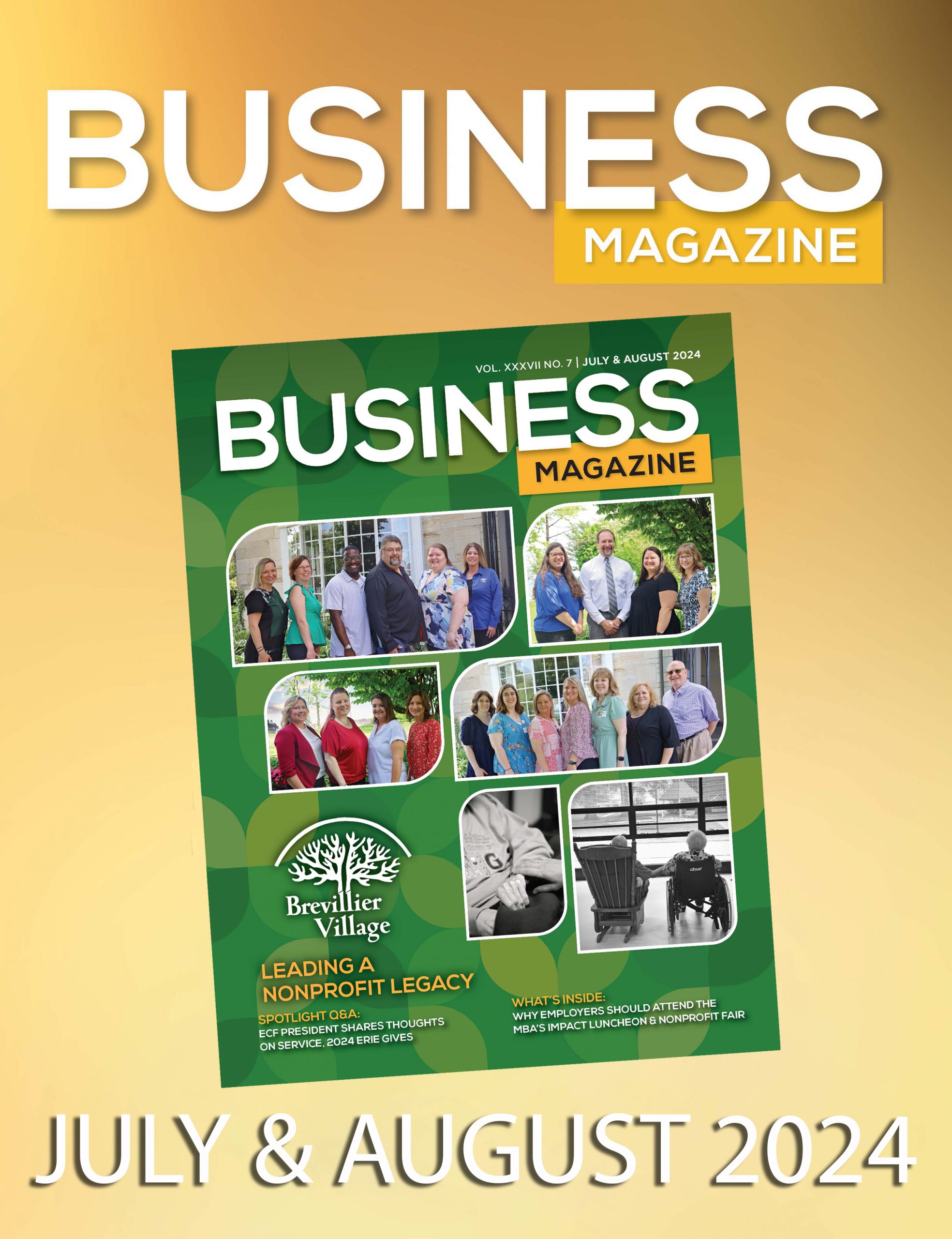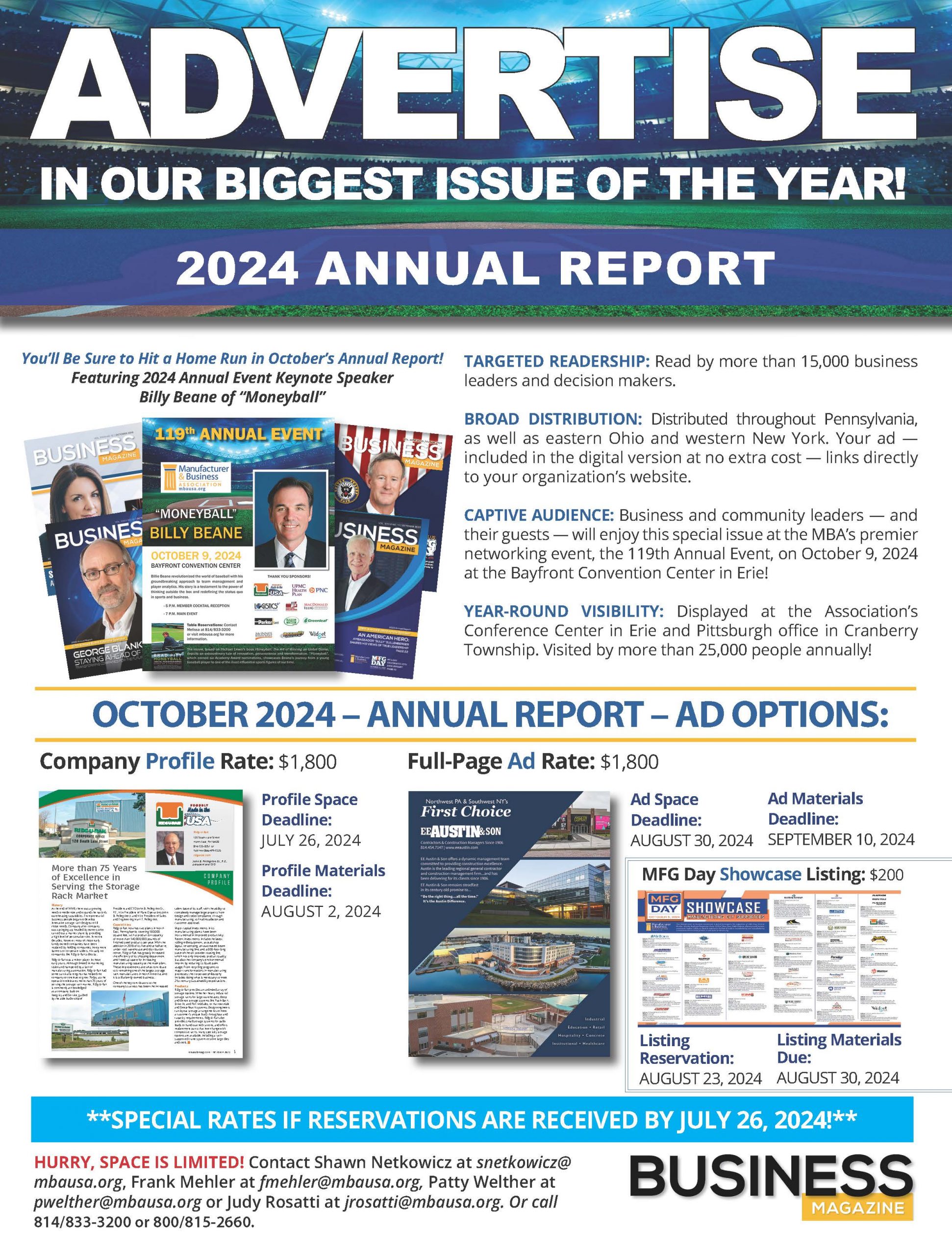Ambassador “Sully” Sullenberger is an American hero.
After logging more than 20,000 hours of flight time, Sullenberger became internationally renowned on January 15, 2009, when he, as captain, and his First Officer Jeff Skiles safely guided US Airways Flight 1549 to the emergency water landing in the Hudson River in New York, saving all 155 people on board. The Airbus A320’s two engines had lost thrust following a bird strike. Sullenberger, Skiles and their crew received international acclaim for their actions that day, including the passage of a Congressional resolution recognizing their bravery. Sullenberger was ranked second in TIME’s “Top 100 Most Influential Heroes and Icons of 2009” and was awarded the French Legion of Honour.
Sullenberger became the No. 1 New York Times best-selling author of Highest Duty: My Search for What Really Matters and also wrote Making a Difference: Stories of Vision and Courage from America’s Leaders. Clint Eastwood directed the major motion picture about Sullenberger’s life, titled “SULLY,” based on Highest Duty. The film was released to critical acclaim in September 2016 and garnered four Broadcast Film Critics nominations and one Academy Award nomination. Highest Duty was republished that year as SULLY: My Search for What Really Matters.
Sullenberger has a long history of service. As pilot and diplomat over his more than 40-year career, Sullenberger has dedicated his life to flight and flight safety. Most recently, Sullenberger served as the U.S. ambassador and representative to the International Civil Aviation Organization (ICAO), a United Nations Specialized Agency, in Montréal, Québec, Canada. He was nominated to the position by President Joe Biden and confirmed by the U.S. Senate in 2021. He served in the post in 2022.
He is a graduate of the U.S. Air Force Academy and served as a fighter pilot in the U.S. Air Force. He advanced to become a flight leader and a training officer, attaining the rank of captain. During his active duty, he was stationed in North America and Europe. After serving in the Air Force, in February 1980, he became an airline pilot with Pacific Southwest Airlines, later acquired by US Airways, until his retirement from commercial flying in March 2010. Sullenberger is a native of Denison, Texas, and pursued his childhood love of aviation by learning to fly at age 16, while still in high school. At his graduation from the U.S. Air Force Academy in 1973, he received the Outstanding Cadet in Airmanship Award. In addition to his bachelor’s degree in psychology, he also has two master’s degrees, one in industrial psychology from Purdue University and one in public administration from the University of Northern Colorado. He also has an honorary Doctorate of Letters from Purdue University.
On October 11, Sullenberger, a widely sought-after speaker, will deliver the keynote address at the Manufacturer & Business Association’s 118th Annual Event at the Bayfront Convention Center in Erie, sharing his unique perspective on leadership and crisis management. In this exclusive interview with the MBA Business Magazine, he discusses that momentous flight in 2009, leadership and what others can learn from his experience.
Editor’s note: The following interview has been edited for space.
When you reflect on the “Miracle on the Hudson,” what goes through your mind when you replay that day and those critical 208 seconds that put your entire career and 155 lives on the line?
I remember how sudden it was, how shocking it was. I knew it immediately, as soon as it began to happen, that this was going to be the challenge of a lifetime.
There’s no checklist for this, so the outcome that my crew and I, and all the first responders and everybody involved, was able to achieve was really better than could have been expected under those circumstances. We had an extraordinarily good outcome from a very sudden crisis, at such a low altitude over such a densely populated area, but so few options. Everything had to go right in important ways, and it did.
I’m even more appreciative in hindsight today because I’ve realized that this group of strangers — my crew on the airplane and first responders — all came together. They rose to the occasion and made it their mission to save every life…
Had even one person not survived, I would’ve considered it a tragic failure.
That January 15, 2009, flight was a defining moment in your career but also an example of true leadership. What did you learn about yourself and your crew from that experience?
I think it’s that I had such a clear paradigm in my mind that was immediately accessible to me. Over a 40- year career (at that point, 42 years), I had developed a mindset about how to solve any problem in an airplane, how to set priorities, how to manage the workload, how to avoid distractions, how to distill the problem down to its essential essence…
We saw the birds right before we hit them, but not enough time to avoid them, so I knew what the cause was. I knew what the effect was. I didn’t have to spend a lot of time saying, “What was that? What happened? What should we do about it?”
I was able to go right into “how do I fix this mode,” and that saved precious seconds when we had only a few minutes, until I knew that our flight path — gliding downhill with no engine thrust — was going to intersect the surface of the Earth. I had to find the best place for that to happen, and the best way for that to happen in a very short order.
What do you hope that our members learn from the leadership and teamwork of you and your crew that day?
Safety is not a destination; it’s a journey — a continuous never-ending journey to improve, to learn from your experiences. That’s the mindset that safety professionals must have. When you do, especially for repetitive things that become routine, you must remind yourself to be vigilant and avoid complacency, because you never know when or even if this sudden challenge is going to appear. You don’t know when this routine/evolution is going to surprise you, and you’re going to need to respond quickly and correctly. I think that’s a big part of the mindset — to really avoid complacency, never knowing what your challenges are going to be on that day, on that shift…
It is largely experience that arms us with the critically important judgment that we must have to make decisions that will save lives. I also think we must push ourselves to grow — to be more complete, better versions of ourselves.
One of the things that I know for sure is that the surest way to fail is not to try — and so not to be afraid, to go out and beyond your comfort zone to improve.
You, First Officer Skiles and the rest of the crew received international acclaim for your heroic actions. However, you each had to trust in each other to know what to do. How did you build trust and inspire confidence in your crew?
It turns out that my reputation was built one interaction, one person, one day at a time. I think that’s not just our reputations, but our ability to work together as a team.
The big challenge at a big airline these days is that we fly all the time with people we’ve never met before, complete strangers. One of the things I used to teach in our crew resource management (CRM) program — that I helped to develop at the airline and then teach to all our airline colleagues — was when you meet your crew for the first time, the captain must set the tone for everything to follow, to create an environment, a culture.
You, the captain, are absolutely/directly responsible for the safety of everyone on that airplane, and the captain sets the tone for everything that’s going to happen. So, when you make the introductions, you meet your crew, you make yourself approachable, you flatten the hierarchy to a more appropriate level so that the most junior, the youngest flight attendant, can approach a senior captain, about a safety issue and know that he or she will be heard, and that the issue will be dealt with effectively in a timely fashion.
You align goals. You create among the crew, the team, a shared sense of responsibility for the outcome. The captain’s ultimately in charge, but everyone involved has a hand in this. You make it psychologically safe for them to speak up. You make it about what is right and not who is right, and so those are the kinds of critical interpersonal skills that we used to teach and that we all deeply internalized.
Could you give us an example?
You look at the cockpit voice recorder transcript that’s in the appendix in my first book (and at ntsb.gov in the Flight 1549 accident report), and you see from the cockpit voice recorder transcript that right before the landing, I asked Jeff Skiles a question: “Got any ideas?” Some think that’s a flippant remark, but it’s just an indication of how deeply internalized those CRM, those team building skills, are with me.
I was saying, “OK, I’ve done everything I can think of that would help us even a little bit. Is there anything else, Jeff, that we can do that would help us be more successful, even by a fraction?” His answer was, “Actually, not” — not because he was being insouciant or didn’t care, but because he knew at that point that we had done all we could.
That’s just one indication of how we, to the very end, were trying to do everything we could to save every life. Is there any other step we can take, any other action we could take that would help us to be more successful? To never give up. That’s the mindset that we used to teach and that we had on this flight.
What do you believe are some of the best strategies to employ to make difficult decisions under pressure?
I’ve talked about handling pressure with Tony La Russa. He’s the third winningest baseball manager in history. We discussed these concepts and how he teaches his batters is very similar to what we teach pilots.
You really have to have done the hard work, attained the skills and the knowledge, but then you need practice. You need that exposure. The more times you’re at bat and the more different pitchers you’ve seen, whatever kind of pitches they throw, you have to have done the hard work so you’re ready for whatever comes.
It’s that kind of preparation, exposure and practice. He called it the PEP system. Those are key to being ready when your moment comes, even if you never know when you’re up.
Obviously, you had extensive flight experience and training coming into that flight, but the human factor certainly played a role in your decision making. How would you describe your decision making at that moment?
That decision-making process was a visual/conceptual decision-making process. I had flown to New York many times, and I knew the lay of the land. I knew there were only three options, so it wasn’t that I had time to think about each of these multitude of individual factors, but they were in the back of my mind. They helped me frame this decision.
There were two runways that we might be able to reach; it turned out we didn’t have enough altitude or air speed, enough total energy to go as far as back to LaGuardia or across the river in New Jersey to Teterboro. I knew the only other place that was long enough, wide enough, smooth enough, free of obstacles enough, even to attempt landing a large, heavy, fast jet airliner was the Hudson River. I figured early on we would probably end up in the river, but I knew I had to consider at least trying to reach a runway, but it turned out we couldn’t.
Then what?
I’d never landed in a river before, but I knew that descending, without thrust, descending rapidly, I’d have to start raising the nose, beginning the landing earlier at a higher altitude than normal to have time to raise the nose and reduce our rate of descent before we hit the water. I really had a good image in my mind of what I needed to do; it was just a matter of being focused and doing it…
I never thought I was going to die that day. Never. I knew that even though I’d never trained for this; there wasn’t a checklist for this. I’d never anticipated this situation, but I knew that I could find a way to solve this problem.
You were confident?
I was confident that I could do this and that confidence was stronger than any fear or concern. Courage isn’t the absence of fear; it’s doing your job in spite of it. I was very confident I could do this, and I think that was a big part of my mindset that day.
What I was not as sure of once we landed: How quick would the rescue be? I knew that landing right between the ferry terminals between New York and New Jersey was the only place on the river where the rescue could happen on such a cold day…
Even after we landed, the job wasn’t done until we were rescued. I was very concerned until that night when I finally got word that everyone had been accounted for — passengers and crew — that everyone had survived. Only then could I feel any sense of relief.
We recognize that flight simulators/computers can fail to account for the human factor in decision making. In the age of artificial intelligence (AI), what are your thoughts on AI when it comes to flight safety and the future of flight?
Humans should be, ultimately, in charge of every process, but I think AI could be helpful when it’s used appropriately. One of the most important things it could do is take huge amounts of data that humans just can’t compute and make recommendations or give us options. I think that would be one way that it could help.
It was your split-decision making that saved 155 lives.
It was my humanity that saved 155 lives. Technology, as good as it’s become can only do what has been foreseen and for which it has been programmed as of now. What technology cannot feel is duty; only pilots can feel and act on a sense of duty to save every life. I think that’s a critically important difference.
Long before January 15, 2009, you established yourself as a distinguished pilot and safety expert. Who or what inspired you most growing up to pursue this lifelong career?
The pilot is unknown to me, but whose jet airplane I saw flying over our home in Texas from the nearby Air Force base daily. I just thought that is the coolest thing ever, and I still feel that same sense of wonder about flight. I haven’t lost my fascination with it.
That’s also part of what makes me who I am and makes me good at what I do. It’s a lot of fun being particularly good at something that’s difficult to do well. When I saw those jets, I thought, “Well, I could do that. I would love to spend my life doing that and being free from the bounds of Earth.”
Going just a few thousand feet above the Earth, your perspective completely changes. Everything on the ground seems small like a toy, and it’s a sense of freedom to not be bound to the surface. It’s a sense of mastery to have the knowledge, skill, experience and judgment to be the absolute master of the airplane — and all the systems and the situations you’re facing and the environmental conditions you’re being challenged with at that moment. That mastery and that freedom are still the things I think about when I think of flight.
Describe your leadership approach — military, your commercial career and respected role as an ambassador.
They’re all different flavors of the same sauce. It’s ultimately about having a clear vision and then sharing that with others in a way that’s effective.
If you do that and tell people that, then it’s almost impossible to fail. If you do that in a genuine way, if you walk the walk and not just talk the talk, and if through your personal leadership, leadership by example, you model for them the behavior you want them to have, you make your values apparent.
It’s not because you’ve told them or not because you have a poster on the wall or a sign on your desk, but because they can see it. If they spend enough time around you and they pay attention, they’ll know everything about you that they need to know. They’ll know what your values are because you live them. I think that is one of the best things any of us can do in any domain.
You’re talking about being true to your values. What kind of qualities do you believe are essential for effective leadership?
Humanity. Treating people with respect. Creating an environment of mutual respect is one of the most important things you can do, and then trusting them enough to tell the truth. Give them the hard truth that they must hear, not just what you think they want to hear. That’ll also help motivate them to help fix the problem whatever it is.
In your opinion, how do you approach the balance between risk-taking and ensuring safety and how it relates to leadership?
That’s where we come back to experience again. It’s this fine balance between confidence and caution. You must have the knowledge, skill, experience and judgment to have the confidence that you can do the job…
Being a pilot is being an effective risk manager, proactively making decisions and stacking the deck in your favor, taking sufficient fuel reserve to allow for contingencies, checking the weather at several alternate airports, changing to a different runway to land into the wind, instead of having a tailwind that’s going to give you a higher ground speed. It’s all the hundreds of decisions you make that, in aggregate, make the flight safer.
Let’s talk about your management principles and credo of “leadership by personal example.” How have they helped you achieve success?
The United States has traditionally been a leader on the ICAO Council, but there are a lot of other countries around the world with their own perspectives, their own ways of life, their own forms of government, and their own needs.
One of the things that the United States must do is as every new ambassador goes up, they must reassert U.S. leadership on the ICAO Council. The way you do that is through personal diplomacy — one other ambassador at a time, inviting them to coffee, having conversations, showing them rather than telling them what’s important to you and how we can work together, finding the one thing that we can agree on. Having success with that brings you just one step closer to having success on the next thing.
When I was on the ICAO Council and a contentious issue would come up, in that next council meeting, I pushed the button on my desk to notify the council president that I wanted to be the first one to speak. By being the first one to speak, I had a chance to set the tone or at least start the dialogue and say what my vision, what the United States vision was about that airspace, about how it had to work and what was in it for everyone else involved, and we were successful.
How would you describe the importance of continuous learning in leadership and career success?
I have had an amazing life. I’ve taken advantage of opportunities, but it’s also because I’m not afraid. I’m not afraid to learn. I’m not afraid to make a mistake. I’m willing to do the hard work to learn. It was hard to be good as an ambassador, but I quickly became good. It’s like anything else, once you get to a certain level and you’ve gotten better at it, then you enjoy it more. It’s not as hard; it’s not as threatening…
Having gone through the process of becoming nominated by President Biden to be the United States ambassador to the International Civil Aviation Organization, it’s amazing what you can learn to do if you put your mind to it.
What advice would you give to others facing adversity?
There’s always one more thing you can try. There’s always one more thing you can do. You’re not done until you quit.
For Annual Event information visit mbausa.org












